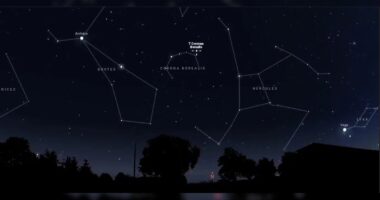India and the United States are forging a strong partnership in space technology, with both nations sharing a common goal of space exploration. The US Ambassador to India, Eric Garcetti, has described the relationship as a “buddy” dynamic, highlighting the shared values and aspirations of the two democracies.
The collaboration is already bearing fruit with projects like the launch of ISRO’s communications satellite on a SpaceX Falcon-9 rocket and the joint development of a high-tech Earth-imaging satellite. Next year, an Indian astronaut is expected to visit the International Space Station as part of an Indo-US mission, marking a significant milestone in their shared space endeavors.
The partnership has historical roots, with early collaborations dating back to the 1960s. The two nations have overcome historical challenges, solidifying their relationship through various agreements and joint projects.
The recent iCET initiative further strengthens the partnership, outlining plans for joint space exploration, advanced training, and technology development. Both countries aim to work together on projects like the Lunar Gateway Program, further solidifying their commitment to pushing the boundaries of space exploration.
India’s space agency, ISRO, is actively involved in the partnership, sending two astronauts for training at NASA and preparing for the future of independent human spaceflight. The joint efforts will contribute to India’s own ambitions in space, including future missions to the Moon and Mars.





















